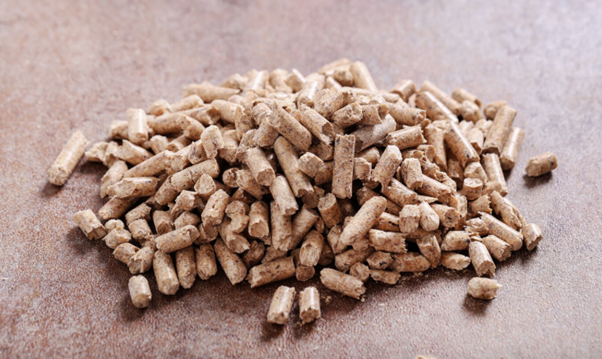Calcium Carbonate – Application in Cooling paints
Calcium carbonate is a non-toxic, odorless, non-irritating white powder and one of the most versatile inorganic fillers. It is neutral, substantially insoluble in water and soluble in acid. Calcium carbonate is a compound found in rocks and seashells.
Ground calcium carbonate (GCC) is commonly used in a number of paint and coating applications. It is used as an extender, an agent to either reduce or enhance gloss, an extender / spacer for titanium dioxide, a rheology modifier and as a paint and coating additive to densify the product.
Advantage of NMP:
Courtesy our existing range of products i.e. De-mineralized fish scales (Ossein),Calcium carbonate is generated as a by-product during synthesis of Ossein. NMP views upcycling of this by-product as a promising future avenue and continue to explore its use in various applications.
What are Cooling paints?
Have you heard of paints which can cool the surroundings? Sounds astonishing right! But thanks to research work of Scientists from Purdue University, this can soon be a reality and can replace air conditioners in future.
These scientists have developed a cooling white paint that could keep surfaces up to 7.7°C cooler than their ambient surroundings. The paint is designed to replace air conditioners and reduce their environmental impact. It absorbs nearly no solar energy and reflects heat away from the building. The scientific team, which has published its findings on the Cell Report Physical Science journal, has developed the new acrylic with calcium carbonate fillers that reject sunlight and radiate heat into space. According to research, these calcium carbonate fillers absorb almost no ultraviolet rays due to their atomic structure. The study also notes commercial ‘heat-rejecting paints’ currently on the market reflect only 80% to 90% of sunlight and cannot achieve temperatures below their surroundings, while the new paint reflects 95.5% sunlight and radiates infrared heat.
How does this new paint work?
According to the researchers, the key has been to add calcium carbonate to the mix. The scientists found that by using high concentrations of this Calcium carbonate, with differing particle sizes, they were able to develop a product that reflected 95.5% of sunlight. This paint is basically creating free air conditioning by reflecting that sunlight and offsetting those heat gains from inside your house.” Such paints may have a broad range of applications – particularly in data centers, which require large amounts of cooling. Since the paint lacks metallic components, it is unlikely to interfere with electromagnetic signals, making it suitable for cooling telecommunications equipment.
Creating a single-layer paint that can reflect heat directly out into space without requiring an energy input would be a huge win for the climate crisis, as cooling is usually powered by fossil fuels and has a big overall impact on global warming. There is still be a long way to go before this product is available commercially in the market, as it needs to be tested for its long-term reliability and efficiency. But the researchers are optimistic and such developments shall pave way for green technology and reducing carbon footprint.

